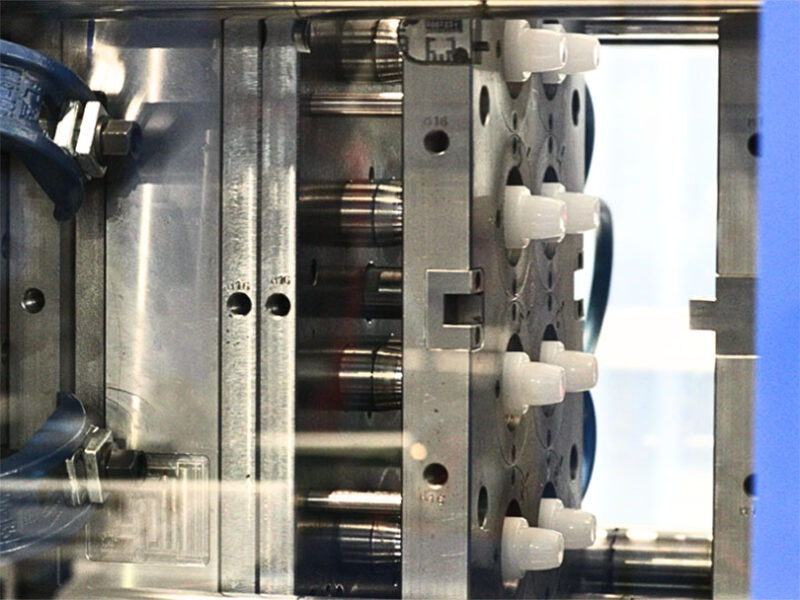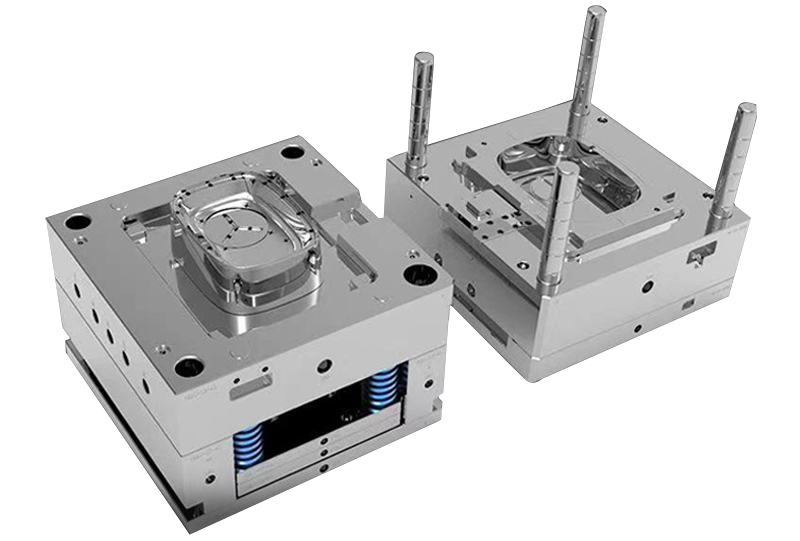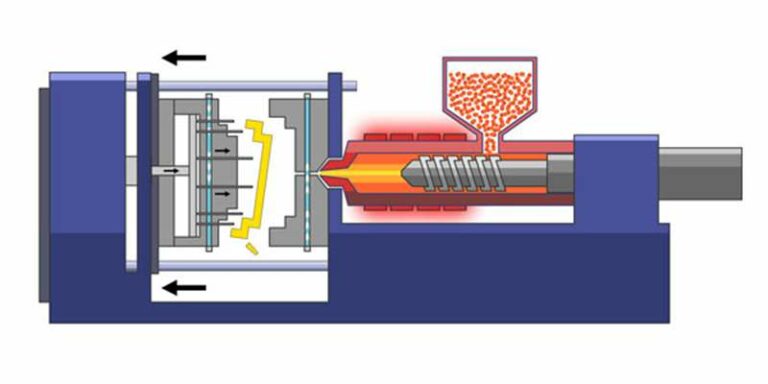Understanding the Fundamentals of Plastic Shot Molding Processes
Plastic injection molding serves as a foundation of contemporary manufacturing, offering a systematic strategy to generating intricate elements with precision. Exploring these important elements can expose how even small adjustments can lead to substantial improvements in production end results, increasing inquiries concerning the capacity for innovation in this well-known procedure.
What Is Plastic Shot Molding?
Plastic shot molding is an extensively made use of manufacturing process that changes thermosetting and polycarbonate materials into precise and intricate shapes. This strategy is favored for its capacity to produce high volumes of the same parts with extraordinary precision, making it a crucial method in different sectors, including automotive, durable goods, and medical tools.
The process involves melting the selected plastic product and injecting it right into a mold and mildew under high stress. The mold, designed to the requirements of the wanted part, allows the molten plastic to materialize as it cools down and strengthens. When the material has actually set, the mold is opened, and the completed component is expelled.
Plastic shot molding offers a number of advantages, including minimized waste, uniformity in production, and the capacity to include intricate designs that might be challenging with other producing techniques. In addition, it supports a broad variety of materials, each offering one-of-a-kind properties that can be customized for specific applications. As markets proceed to innovate, plastic shot molding remains at the leading edge, enabling the development of sophisticated products that satisfy advancing customer demands.
The Shot Molding Refine
The injection molding process is a sophisticated strategy that involves numerous crucial phases to produce high-grade plastic elements. Originally, plastic pellets are fed right into a heated barrel where they are merged a thick liquid. This molten plastic is then injected under high stress right into a precision-engineered mold and mildew, which forms the product into the desired form.
As soon as the mold and mildew is filled up, the plastic is enabled to strengthen and cool down, taking the form of the mold and mildew cavity. Air conditioning time is critical, as it affects the cycle time and the final buildings of the molded component. After adequate cooling, the mold and mildew opens up, and the completed element is expelled utilizing ejector pins.

Products Utilized in Injection Molding
Numerous materials can be used in the injection molding procedure, each offering one-of-a-kind properties that accommodate details applications. One of the most commonly utilized materials include thermoplastics, thermosetting plastics, and elastomers.

Thermosetting plastics, like epoxy and phenolic materials, go through a chemical modification during the curing procedure, leading to an inflexible, inflexible structure. These materials are suitable for applications calling for high warmth resistance and architectural integrity, commonly made use of in auto components and electrical insulators.
Elastomers, including silicone and rubber-based materials, offer adaptability and durability. Their unique homes make them appropriate for applications that require flexibility, such as seals and gaskets.
Furthermore, specialty materials like bio-based plastics and composites are obtaining traction for their ecological benefits and enhanced efficiency attributes, expanding the range of injection molding applications in click resources different sectors. Comprehending the homes of these materials is vital for picking the ideal type for particular tasks.
Benefits of Shot Molding
Injection molding attracts attention as a highly effective manufacturing procedure that supplies many advantages for generating intricate components with accuracy. Among the most substantial advantages is the ability to develop complex layouts that would certainly be tough or impossible to attain with various other methods (Plastic Injection Molding). The process allows for comprehensive features and limited tolerances, ensuring high-quality components
Additionally, injection molding is recognized for its rapid production capacities, making it a suitable option for high-volume manufacturing. Once the mold is produced, components can be created rapidly, reducing preparations and enhancing general efficiency. This effectiveness not only reduces manufacturing prices but additionally supplies a competitive side on the market.
The convenience of official site materials utilized in injection molding further enhances its charm. A variety of thermoplastics and thermosetting polymers can be utilized, permitting producers to pick materials that finest fulfill their particular needs, consisting of stamina, flexibility, and warm resistance.
Moreover, the process minimizes waste, as excess material can typically be recycled and reused. This sustainability aspect adds to a lowered ecological effect, making shot molding an accountable production option. On the whole, the advantages of shot molding make it a preferred approach for many industries.
Aspects Affecting Product Top Quality
While many variables can influence item top quality in shot molding, recognizing these elements is essential for accomplishing optimum results. Secret facets include product option, refining parameters, and mold and mildew layout.
Product selection plays a crucial function, as different polymers exhibit unique buildings that impact flowability, strength, and thermal stability. Insufficient product option can bring about defects such as bending or incomplete filling.
Handling specifications, including pressure, temperature, and cycle time, have to be carefully controlled. Variations in these setups can result in incongruities partly measurements and surface finish. Excessively high temperatures might trigger destruction of the polymer, while poor pressure can result in brief shots.
Mold style is equally important, as it identifies the flow of the molten plastic and her response the cooling procedure. Poorly made molds might result in unequal air conditioning prices, causing residual tensions and dimensional errors.

Final Thought
Finally, plastic shot molding acts as a vital production procedure that enables the effective production of high-grade parts. Mastery of the injection molding process, including the understanding of products and the impact of various factors on product quality, is vital for accomplishing optimal outcomes. The benefits of this approach, such as cost-effectiveness and layout flexibility, additional highlight its value across numerous sectors, solidifying its standing as a recommended option for high-volume production.
Plastic shot molding serves as a cornerstone of modern production, giving a methodical approach to producing intricate components with precision.Plastic shot molding supplies numerous benefits, consisting of lowered waste, uniformity in manufacturing, and the capacity to incorporate elaborate designs that may be challenging with other manufacturing approaches (Plastic Injection Molding). As sectors continue to introduce, plastic injection molding continues to be at the center, making it possible for the advancement of advanced products that satisfy advancing consumer needs
The injection molding process is an advanced method that includes numerous essential phases to create high-grade plastic components.In conclusion, plastic injection molding offers as a vital manufacturing process that allows the reliable production of top quality components.